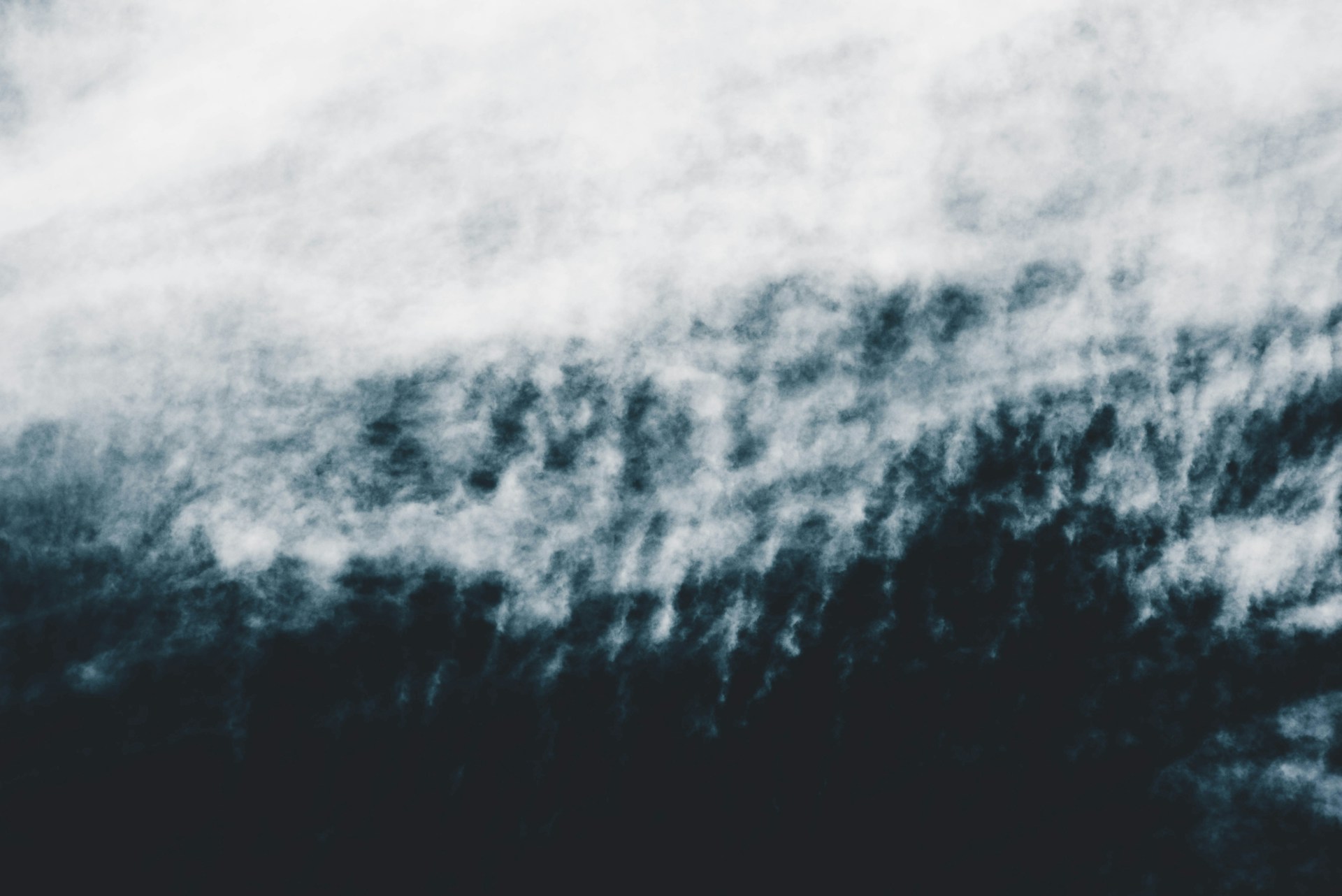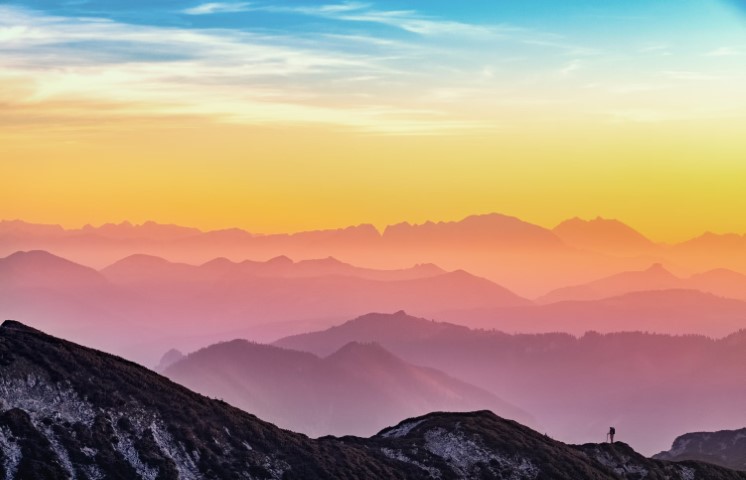Photography enthusiasts and professionals alike often debate the benefits of shooting in RAW format versus JPEG. While both formats have their advantages and disadvantages, there are several key benefits to shooting in RAW that make it a popular choice among photographers.
One of the main advantages of shooting in RAW format is the level of control it gives photographers over their images during post-processing. RAW files contain all of the data captured by the camera sensor, which allows for more flexibility when making adjustments to exposure, white balance, and other settings. This means that photographers can make more precise edits to their images without sacrificing image quality.
Another benefit of shooting in RAW format is the ability to recover fine details and highlights in overexposed or underexposed areas of an image. Because RAW files contain more data than JPEG files, photographers have more information to work with when making corrections to exposure levels. This can be especially useful when shooting in challenging lighting conditions or when working with high-contrast scenes.
Additionally, shooting in RAW format allows photographers to preserve the original image data without any loss of quality. JPEG files are compressed and processed by the camera’s software, which can result in a loss of image quality over time. By shooting in RAW format, photographers can ensure that their images retain their original quality and can be edited and shared in the highest resolution possible.
One of the drawbacks of shooting in RAW format is the larger file sizes that come with it. RAW files can take up more storage space on memory cards and hard drives, which may require photographers to invest in larger storage solutions. However, with the availability of affordable external hard drives and cloud storage options, this limitation can be easily overcome.
For those interested in learning more about shooting in RAW format and mastering the art of post-processing, taking a photography online course free can be a valuable resource. These courses often cover topics such as camera settings, composition techniques, and editing workflows, providing aspiring photographers with the knowledge and skills needed to take their photography to the next level.
In conclusion, shooting in RAW format offers numerous benefits to photographers, including greater control over image editing, enhanced detail recovery, and preservation of image quality. While there are some limitations to shooting in RAW, the advantages far outweigh the drawbacks for many photographers. By enrolling in a photography online course free, aspiring photographers can learn how to harness the power of RAW format and elevate their photography skills to new heights.












